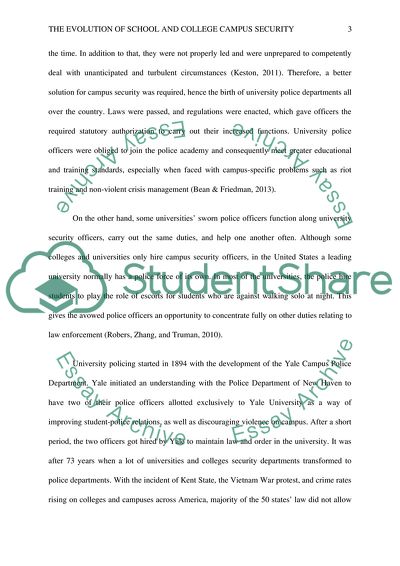Cite this document
(The Evolution of School and College Campus Security Research Paper, n.d.)
The Evolution of School and College Campus Security Research Paper. Retrieved from https://studentshare.org/social-science/1794858-the-evolution-of-school-and-college-campus-security
The Evolution of School and College Campus Security Research Paper. Retrieved from https://studentshare.org/social-science/1794858-the-evolution-of-school-and-college-campus-security
(The Evolution of School and College Campus Security Research Paper)
The Evolution of School and College Campus Security Research Paper. https://studentshare.org/social-science/1794858-the-evolution-of-school-and-college-campus-security.
The Evolution of School and College Campus Security Research Paper. https://studentshare.org/social-science/1794858-the-evolution-of-school-and-college-campus-security.
“The Evolution of School and College Campus Security Research Paper”, n.d. https://studentshare.org/social-science/1794858-the-evolution-of-school-and-college-campus-security.


